It was strange arriving in this city that is only associated with unparalled destruction and human suffering. I was irritated by the green, quiet streets, the cherry trees in full bloom. The Ota River rolls by, splits up in many small rivers that form litte islands that much of Hiroshima is built on. Nothing reminds of the horror of August 6th, 1945, when the first atomic bomb was dropped over Hiroshima. A blast equivalent to the power of 15,000 tons of TNT reduced four square miles of the city to ruins and immediately killed 80,000 people. Tens of thousands more died in the following weeks from wounds and radiation poisoning.
Right after the attack, it was believed that Hiroshima would be uninhabitable, but that proved wrong. After the war great efforts were taken to rebuild the city. During my visit I focused entirely on the Peace Memorial Museum and spent two whole days there.
Once inside the museum every item makes you understand the immense destruction and suffering, either immediately after the blast or the years after. Personally, I found the recorded testimonials told by survivors the most upsetting part. All talked about the unbearable thirst they suffered while they tried to find their way home with skin coming off their bodies. Stories of parents desperately looking for their children and finding nothing but a charred sandal. Many of the victims were school children who were called into the area to clear air-raid-defense fire lane. To create these wide lanes even houses had to be torn down, since bombings and resulting fires had been expected.
The A-Bomb Dome, once a building served as a location to promote Hiroshima’s industries, was one of the few buildings to remain standing, till today.
Nobody leaves the museum untouched, I personally was very emotional. Luckily, lhe large park surrounding the Museum has a soothing effect on visitors.
The photo below shows serial fotage taken 1920 of what is now Peace Park. Then the commercial center of Hiroshima, where the bomb exploded mid-air.
I read a lot about Hiroshima but one article simply is a must-read. It describes how 6 different people experience the explosion. In great Details you read about their life minutes before, while and immediately after the bomb exploded.
https://www.newyorker.com/magazine/1946/08/31/hiroshima
Near Hiroshima is Miyajima Island, famous for its Floating Tori. So I travelled there for two days and had the most surreal experience- I ran into a friend from back home in Vienna. Virtually first. Surfing on facebook late at night a noticed a posting of a Viennese friend mentioning Miyajima Island. I commented “You mean Miyajima Island, near Hiroshima?” He did. He had visited that day but gone back to Hiroshima. Needless to say, we met the very next day in Hiroshima. Norbert and his Japanese wife spend every holiday in Japan, so he is an expert on local cuisine. It was so absolutely thrilling to meet a friend that way in a place so far from home.
Together we strolled through Peace Park and Norbert told me the story of Sadako Sasaki, a twelve-year-old girl, who survived unharmed but fell ill of radiation induced leukemia years later. While in hospital Sadako’s friends brought here some origami (folding paper) and cheered her up with a legend. The crane, a sacred bird in Japan, lives for a hundred years, and if a sick person folds 1,000 paper cranes, that person would soon get well. After hearing the Story, Sadako started folding 1,000 cranes. She folded more than that but died in 1955.
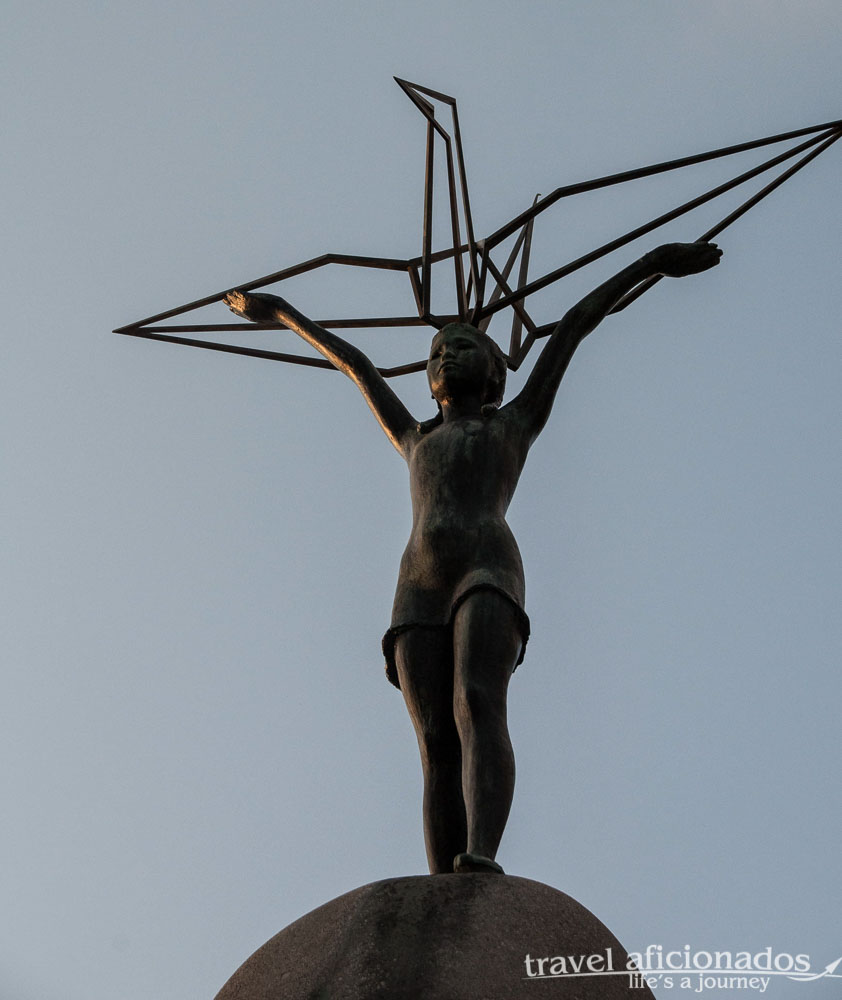
Memorial for Sadako Sasaki, who lost her battle against leukimia 10 years the atomic bomb hit her homedown Hiroshima

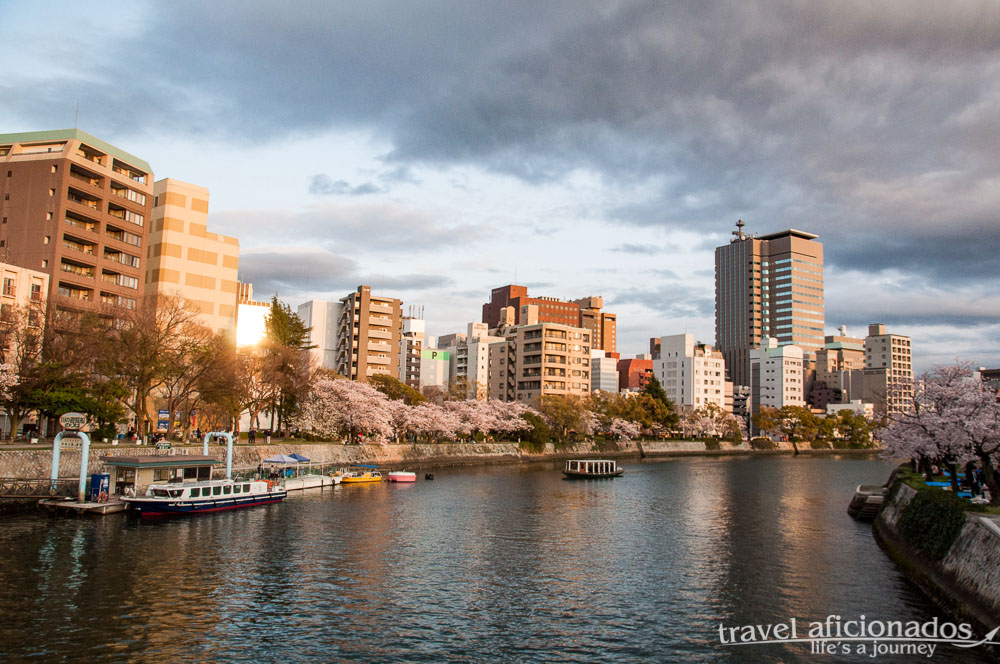
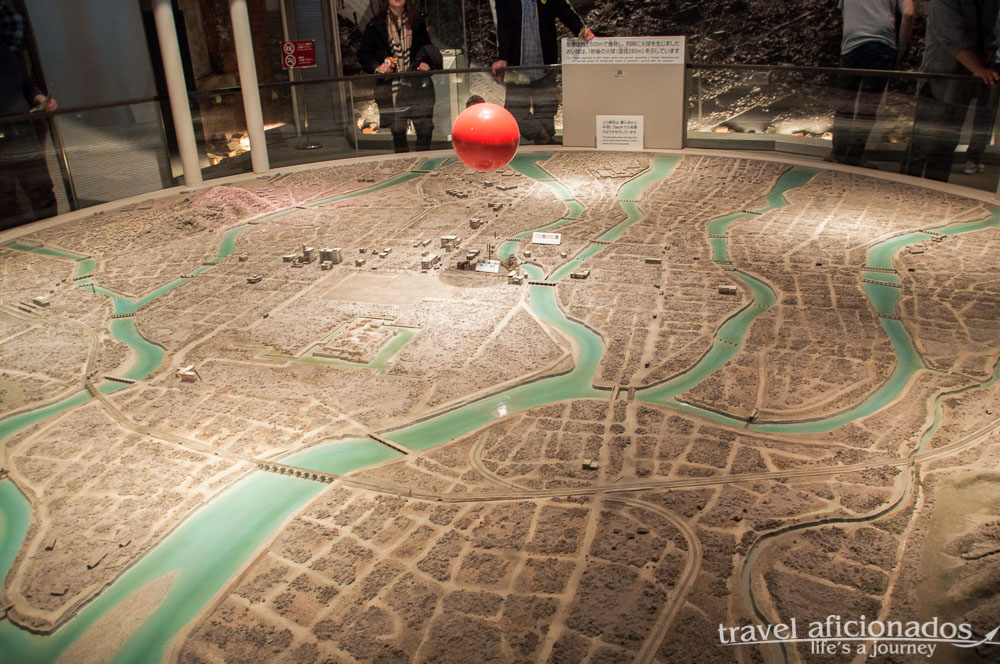
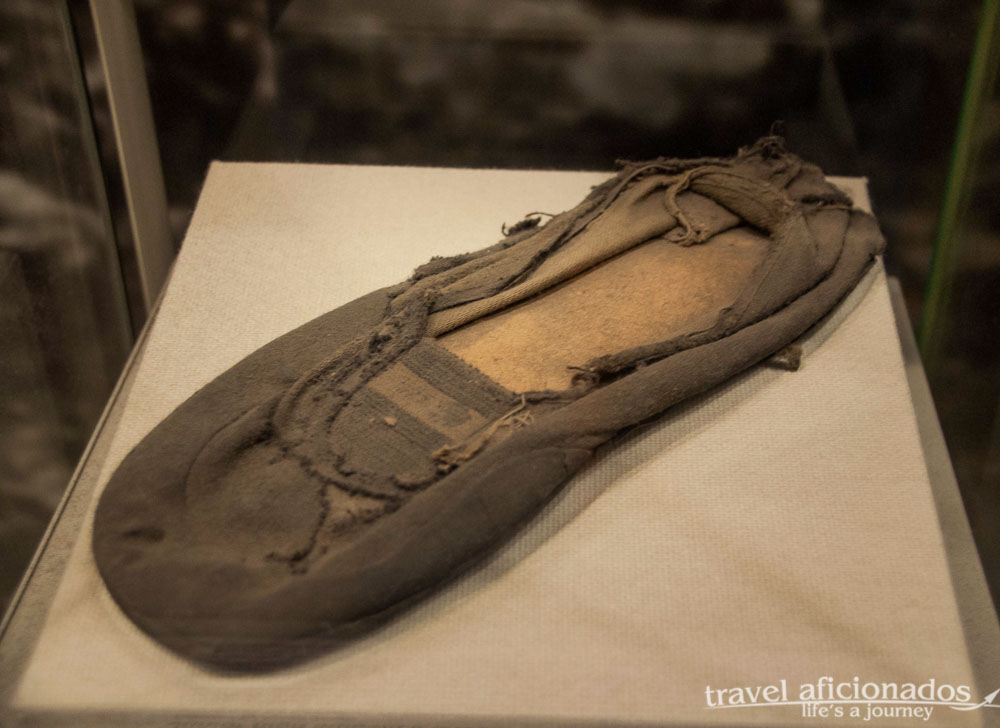
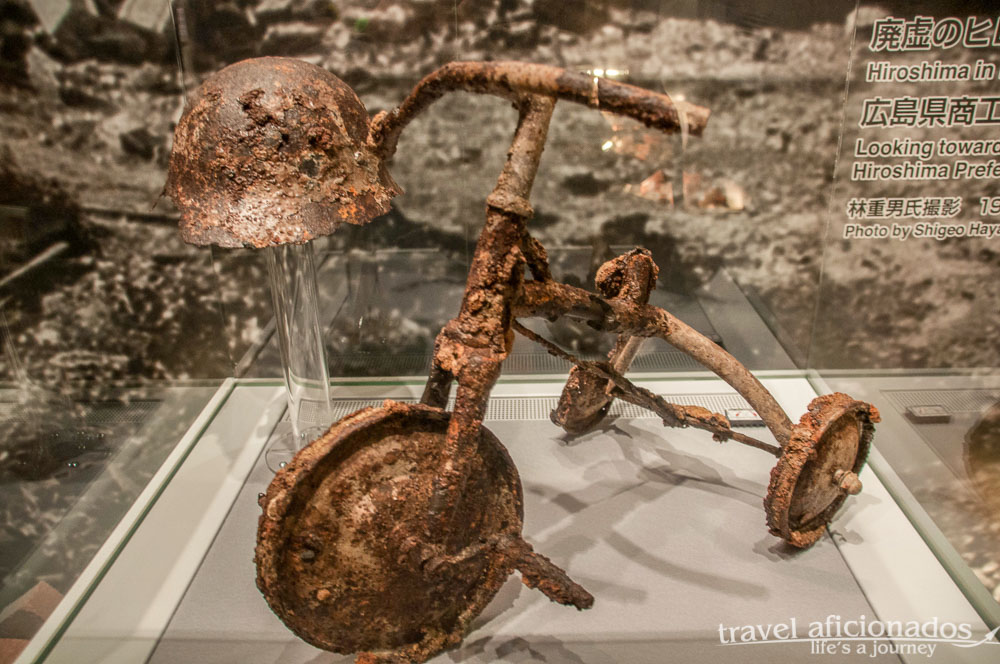
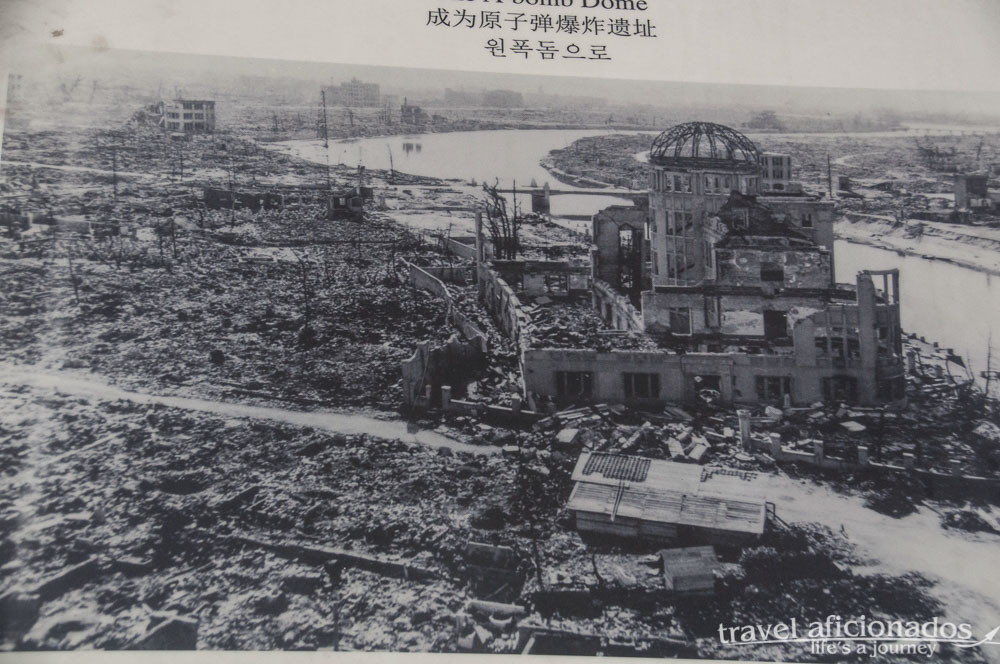
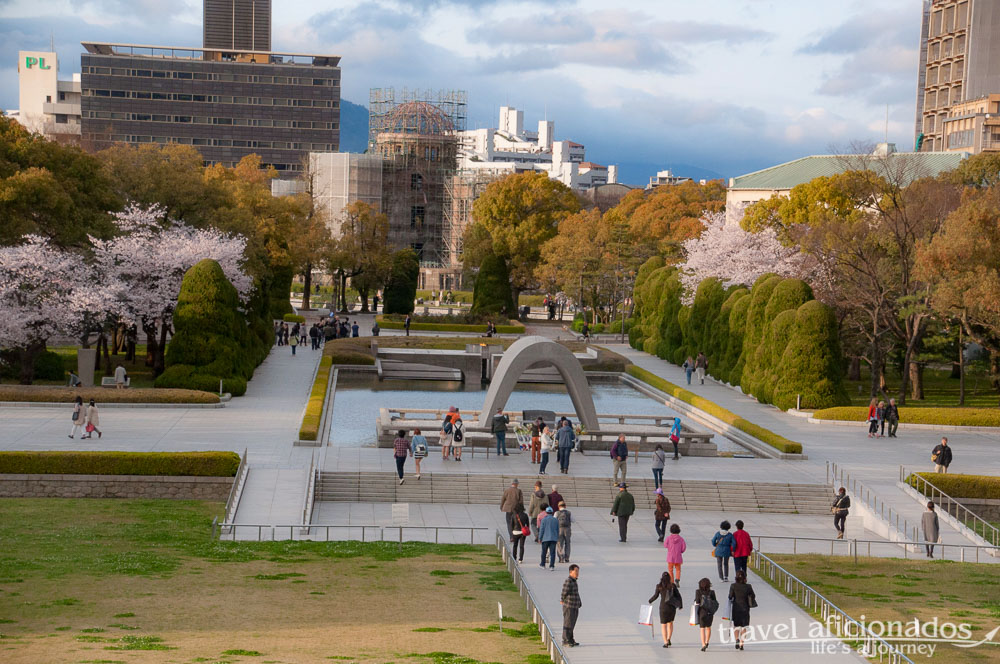
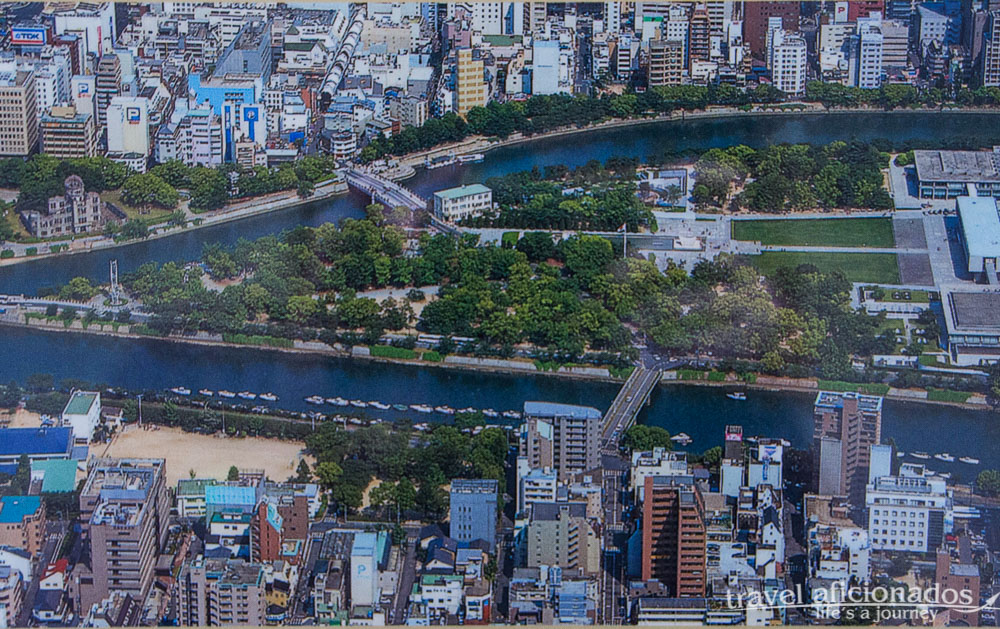
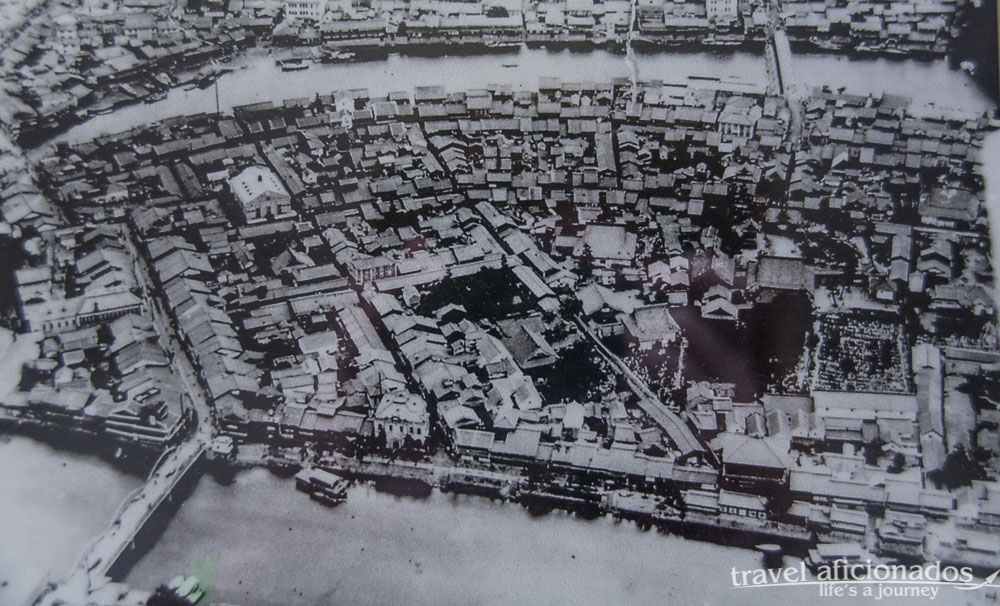
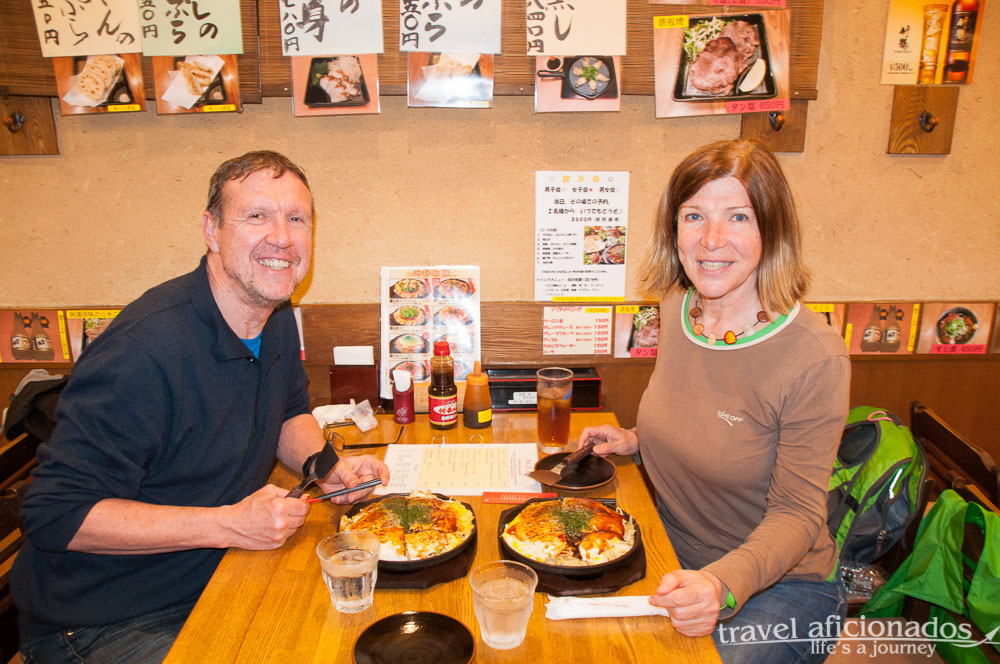
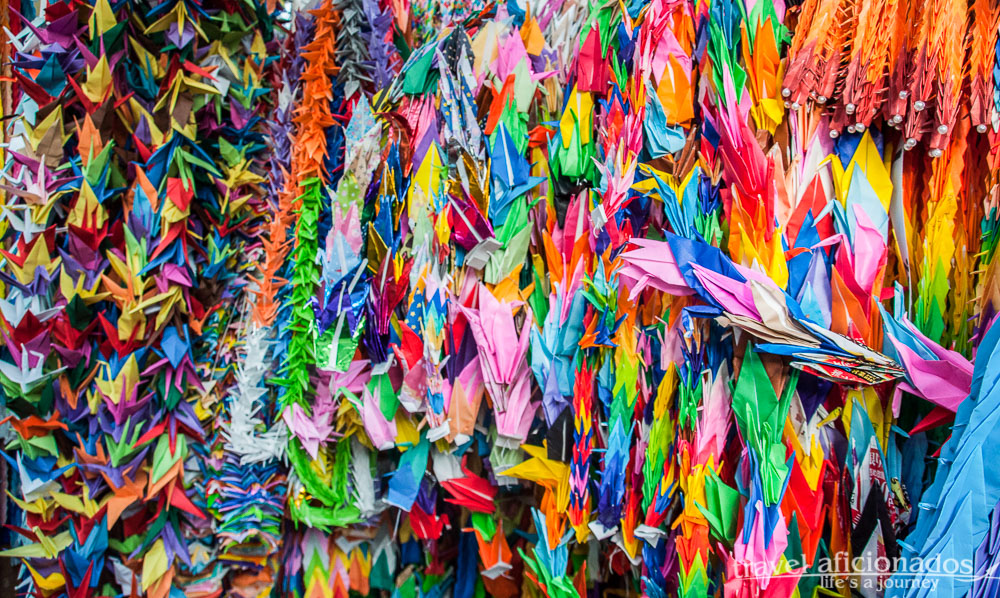
No comments yet.